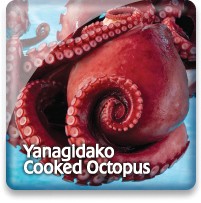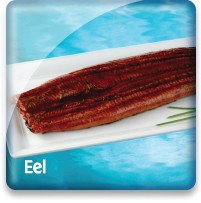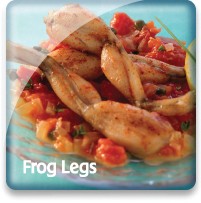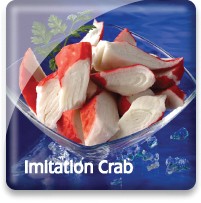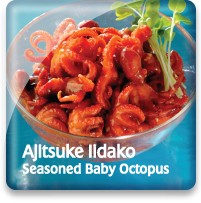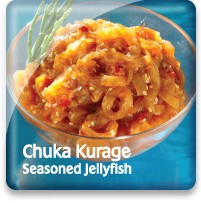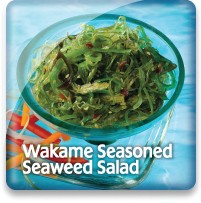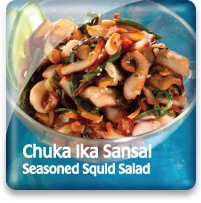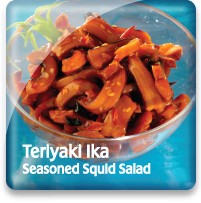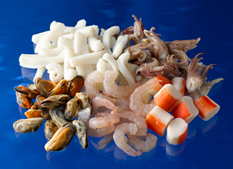
Marinara Seafood Mix

Market Name: Eating QualitiesMarinara Seafood Mix is perfect for seafood soups, pasta, paella, ceviche and stir fry.
   |
Description & CharacteristicsSea Port’s Marinara Seafood Mix combines the fruits of the sea: squid, mussels, cuttlefish, octopus, shrimp and bite-sized surimi. Processed in Thailand by select packers expressly for Sea Port, our Marinara Seafood Mix offers ultimate convenience for chefs and home cooks looking for a variety mix of ready-to-use seafood in one convenient bag. Other Resources |
Handling Instructions for Marinara Seafood Mix
Our IQF blanched seafood marinara mix should be stored at or below 0°F (-18°C) and then thawed properly when ready to prepare or further cook. It is best to consume within 18 months of the processed freeze date. Links to further information concerning the proper handling of seafood: NOAA - Fish Watch: Handling Seafood and A Consumer Guide to Safe Seafood Handling.
Thawing Marinara Seafood Mix
Thawing is accomplished by placing the product in a sealed plastic container or bag and placing in the refrigerator (33 to 39°F) for 12-24 hours. However, quick thawing can be accomplished by placing the marinara mix in a colander and running under cold water until thawed (3-4 minutes). This is our recommended thawing method. Seafood marinara mix that is not consumed promptly after thawing needs to be refrigerated between 33 and 39°F and totally consumed in 3-4 days.
Important Instructions for Marinara Seafood Mix
Consuming our marinara mix immediately after proper thawing yields the best quality.
The Federal Food, Drug and Cosmetic Act now requires that all foods that are not raw agricultural commodities and that contain a major food allergen be labeled to clearly identify the name of the food source form which the allergen is derived. (21 CFR U.S.C. 343(w)(1)). The act defines eight foods, and any ingredients derived from these foods as major food allergens: Fish, Crustacean Shellfish, Milk, Eggs, Tree Nuts, Peanuts, Wheat & Soybeans. The name of the food source that must be listed on the label for fish or crustacean shellfish must be the specific type of fish or crustacean shellfish. The market names of species of fish and crustacean shellfish should be used to identify the food source of these two major food allergens. If you intend to re-pack these seafood products, be sure the allergen is declared in either one of two ways:
1) Within the list of ingredients
or
2) In a separate “Contains” statement immediately after or adjacent to the list of ingredients.
Consult the Fish and Fishery Products Hazards and Controls Guidance, Fourth Edition, Chapter 19 for more detailed information on the labeling of food allergens.
Cooking Tips
Our marinara mix is blanched and therefore partially cooked. This allows the mix to be readily used in ceviche preparations as well as a host of hot preparations such paella, soups, and stir fry. To save time, frozen marinara mix can be directly added to hot recipes after rinsing off the protective ice glaze. Links to seafood marinara mix cooking tips and recipes.
Thailand
With more than 1,550 miles of coastline, Thailand—officially, the Kingdom of Thailand—has become one of the world’s leading seafood suppliers. Primary seafood products from Thailand include cultured (farmed) shrimp sold in various value-added forms as well as canned seafood—predominantly tuna.
With a focus on constant improvement of shrimp farming techniques to reduce impacts on the environment, as well as the development of new, value-added products, Thailand has emerged over the years as one of the leaders in this beloved seafood category.
In the tuna category, Thailand is a major global producer of canned tuna, much of it caught by vessels from other countries that bring it, frozen, to Thailand to be canned.
Sustainability AssessmentOur Marinara Seafood Mix contains blanched squid, farmed black tiger prawns, farmed white shrimp, baby octopus, mussels, and imitation crab meat. Please refer to the sustainability assessments for these individual ingredient items accessed through our main product description menu on this website.
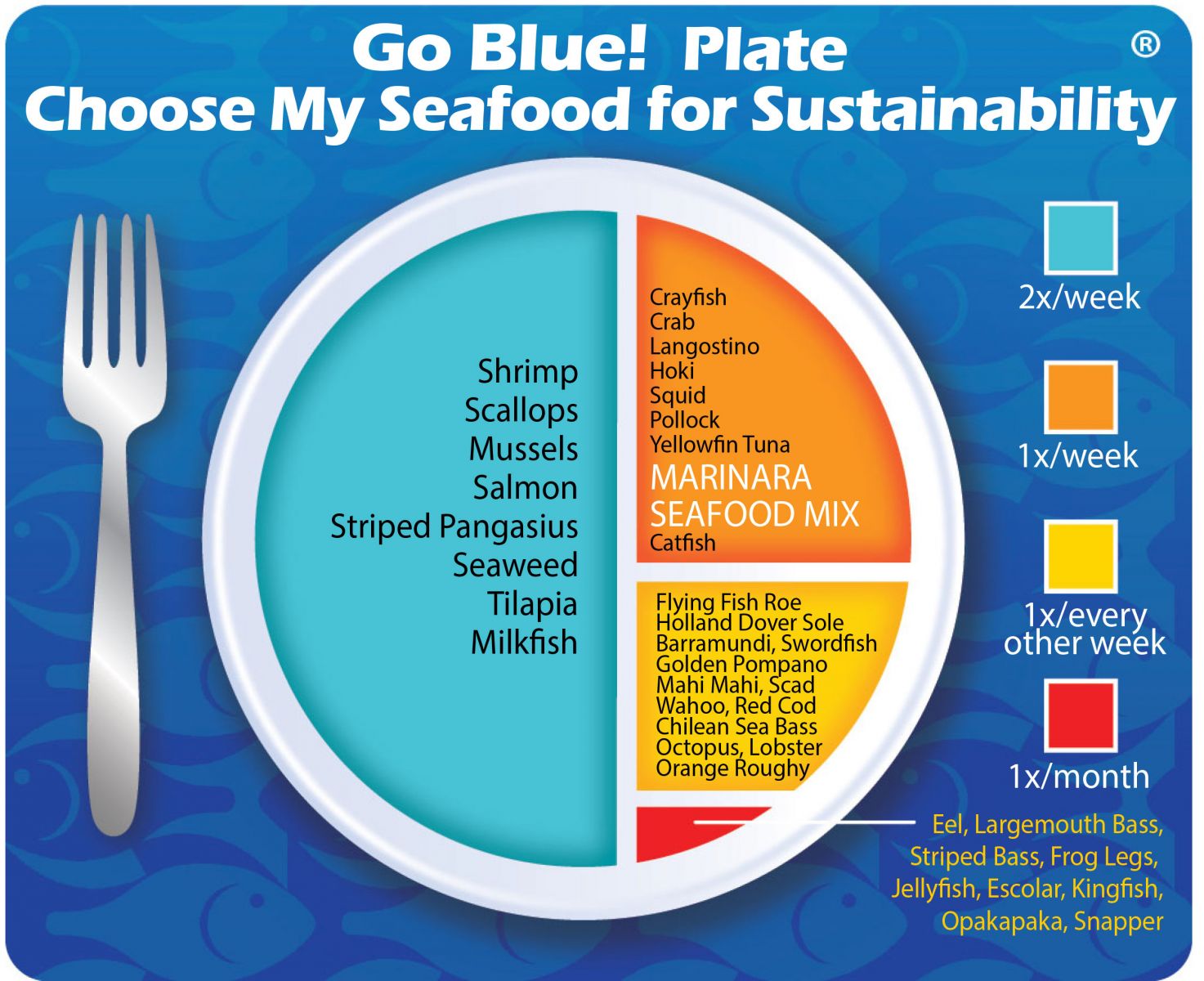
Environmental Impact: ModerateSee individual sustainability assessments for individual ingredients on this website.
Sustainability Improvements NeededSee individual assessments for each item on website.
Actions that Sea Port is UndertakingPlease see individual ingredient item’s sustainability information accessed through our main product description menu on this website. We created the sustainability assessments for each of our seafood items in order to reveal the existing and potential environmental impacts and risks that are associated with producing them for human consumption. This allowed us to establish the starting position for each of our seafood items along our progressive Go Blue Seafood Sustainability Spectrum. These assessments are only a single snapshot in time and because of this, we will continue to assess and update the critical sustainability needs associated with our supply sources and issue updates to the Go Blue Seafood Sustainability Spectrum as needed. There is a growing global awareness for the need to assure the sustainability of farmed and wild caught seafood and because of this; all around the world positive changes are rapidly occurring at all levels of the seafood supply chain. We will continue to spread this growing awareness and work with our many industry partners to improve the sustainability of all seafood, which we believe is the ideal protein of choice to feed an ever growing world population. Our Go Blue Seafood Sustainability Spectrum serves as our compass and yardstick as we strive to move all our products forward to becoming more sustainable. Please join us in this committed quest and Catch Our Wave® to sustainability by choosing a diverse variety of responsibly produced seafood as part of your diet. |



